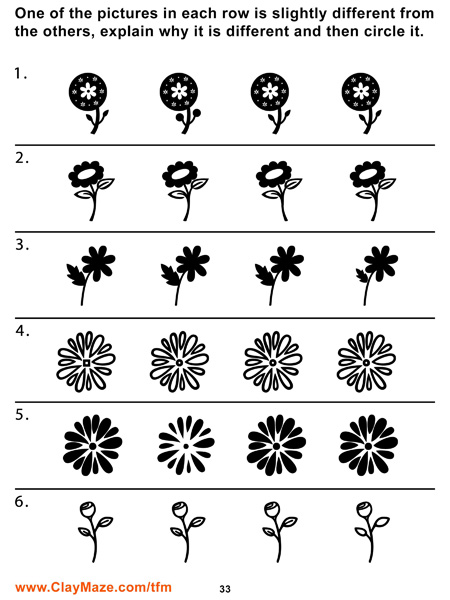An early interest in pattern recognition and problem solving is key to helping a child develop a critical love for learning, but because of the unique strengths and weaknesses of each child, some children may excel with one type of pattern work while some might excel with a different learning approach. Some children are visual learners, some are better when engaged verbally and some engage patterns on an entirely different level. Sometimes teaching a child to approach a problem by multiple approaches like sketching out an image, counting and tallying or verbally breaking a problem down can help both them and the educator determine which approach might suit them best.
This worksheet above is one of the free sample selections from our Pattern Recognition Workbook.
Download Printable PDFRelated Worksheets
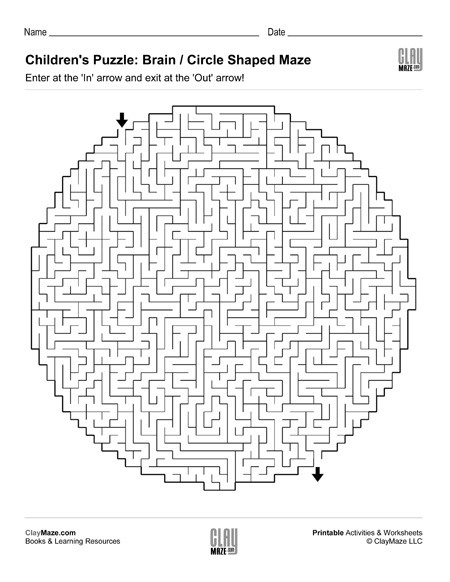
Children’s Puzzle: Brain / Circle Shaped Maze
Enjoy this brain / circle-shaped maze and remember that the second page of the PDF is the solution, so don’t peek! Holding a child’s visual attention can be a difficult thing. Their eyes and focus can drift often while learning,
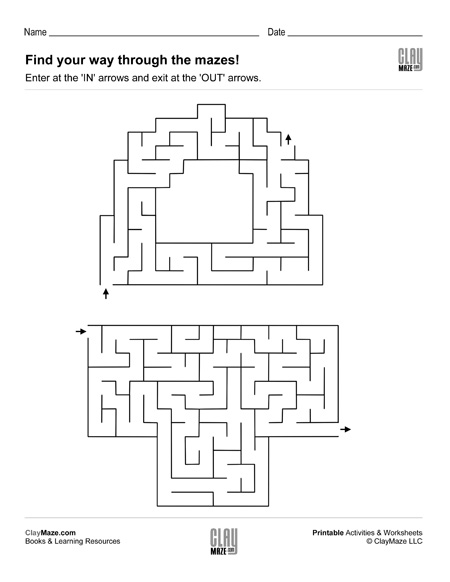
Maze Worksheet – Ice Cream Shape Maze Activity Worksheet
Download our free, printable maze activity page – Ice Cream Cone Double Maze. Mazes advance a child’s fine motor control as well as their eye hand coordination. Having to stay within the thin bounds of the maze while simultaneously scanning
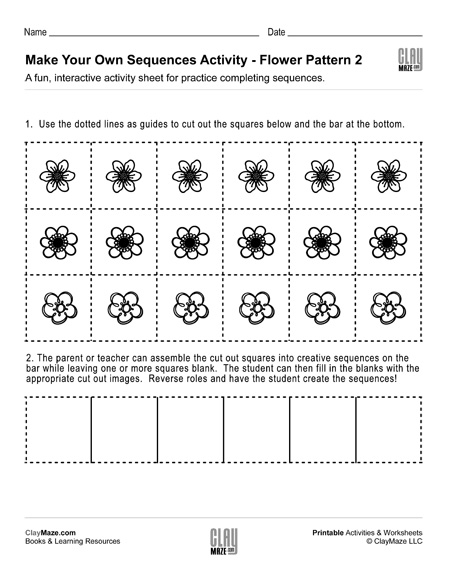
Make Your Own Sequences Activity – Flower Pattern 2
Pattern recognition and sequences play a big role in children’s learning. This particular activity is a little more interactive and allows children to not only decode and complete the missing sequences but participate in their design. The child can cut
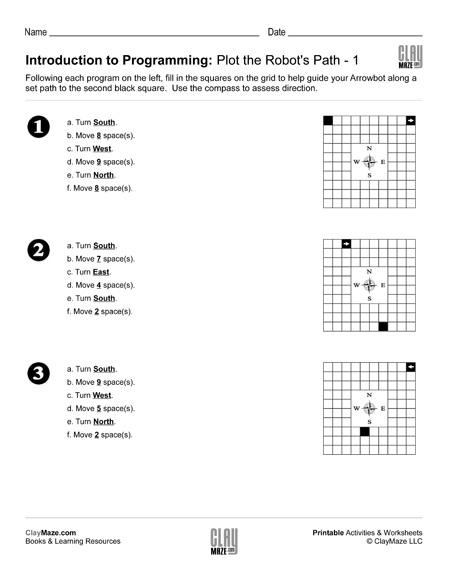
Introduction to Programming: Plot the Robot’s Path – 1
An early introduction to programming can give them the confidence they need and a great head start in STEM and computer related understanding. This worksheet is part of a series on early programming exposure located here.
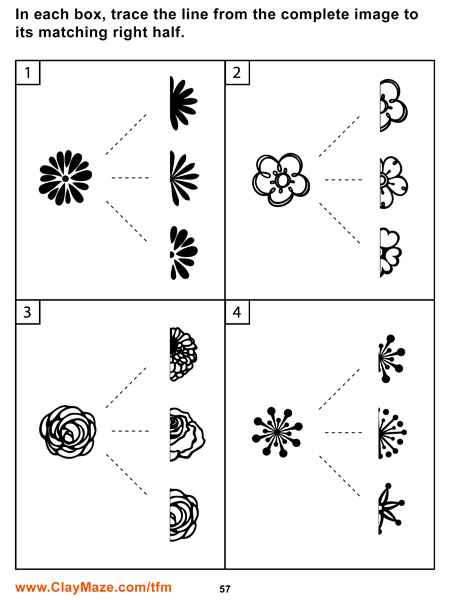
Pattern Recognition Matching
Whether our children are facing a career in accounting, medicine, science or art, they will be faced with a tremendous amount of data – an amount of data that could never have been predicted when our educational curriculum were developed
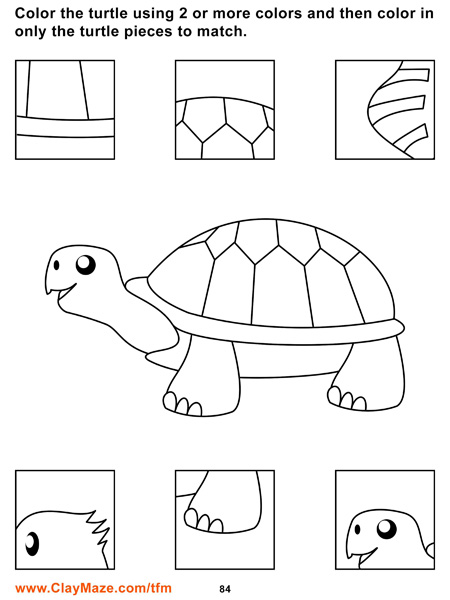
Pattern Recognition Coloring
Working with patterns not only improves a child’s foundation for problem solving in all core learning activities, but expands the tool-set they have available when confronted with a new challenge. Just as an adult might have devised day-to-day strategies for

